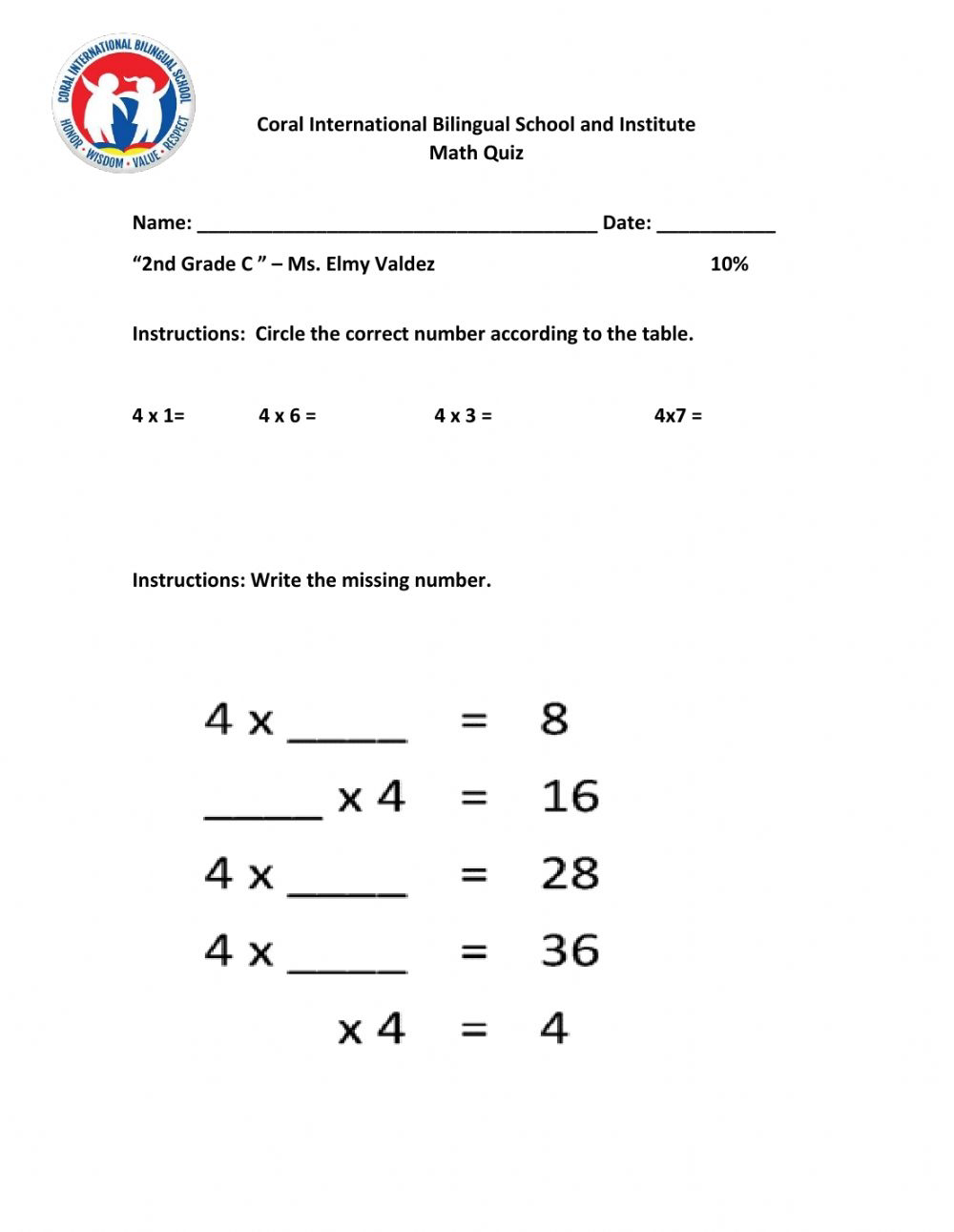HOW TO INTERPRET DATA IN HISTORICAL RESEARCH
Data interpretation refers to the implementation of procedures through which data is reviewed for the purpose of arriving at an inference. Interpreting data requires analysing data to infer information from it in order to answer questions. Data interpretation is the process of assigning meaning to the collected information and determining the conclusions, significance and implications of the findings. It is an important and exciting step in the process of research. In all research studies, analysis follows data collection.
Data analysis and Interpretation
The first step in analysing qualitative research involves organizing the data. Qualitative research often results in voluminous notes from observations, interviews and /or documents. The method of organizing these data will differ, depending on the research strategy and data collection techniques used.
Once the data have been organized, the researcher can move to the second stage in data analysis, description. The researcher describes the various pertinent aspects of the study including the setting, both temporally and physically; the individuals being studied; the purpose of any activities examined; the viewpoints of participants; and the effects of any activities on the participants.
Only after the data have been organized and described does the researcher begin the final and most critical phase of the analysis process, interpretation.
Interpretation involves explaining the findings, answering “why” questions, attaching significance to particular results, and putting patterns into an analytic framework. It is tempting to rush into the creative work of interpreting the data before doing the detailed, hard work of putting together coherent answers to major descriptive questions. But description comes first. The discipline and rigor of qualitative analysis depend on presenting solid descriptive data…in such a way that other reading the results can understand and draw their own interpretations.
The process of data analysis involves making sense out of text and image data. It involves preparing the data for analysis, conducting different analyses, moving deeper and deeper into understanding the data, and making an interpretation of the larger meaning of the data. Data analysis involves collecting open-ended data, based on asking general questions and developing an analysis from the information supplied by participants.
The importance of data interpretation is evident and this is why it needs to be done properly. Data is very likely to arrive from multiple sources and has a tendency to enter the analysis process with haphazard ordering. Data analysis tends to be extremely subjective. That is to say, the nature and goal of interpretation will vary from researches, likely correlating to the type of data being analysed. While there are several different types of processes that are implemented based on individual data nature, the two broadest and most common categories are quantitative analysis and qualitative analysis.
Historical research is a qualitative technique. A historical research study is the meaning of past events in an attempt to interpret the facts and explain the cause of events, and their effect in the present events.
How to interpret data?
The interpretation of data is designed to help people make sense of numerical data that has been collected, analysed and presented. Having a baseline method (or methods) for interpreting data will provide your analyst teams a structure and consistent foundation. Indeed, if several departments have different approaches to interpret the same data, while sharing the same goals, some mismatched objectives can result.
Qualitative Data Interpretation
The interpretation of qualitative research data is more dependent on the researcher’s background,skills,biases,and knowledge than on conclusions drawn from quantative research, that are derived more directly from the numerical analyses of the data.Thus,it is critical that the reader of qualitative research have access to the descriptive information on which the researcher’s interpretations are based. Only in this manner can the reader fully comprehend how the researcher reached her or his conclusions and interpretations and agree or disagree with them.
Qualitative data analysis can be summed up in one word – categorical. With qualitative analysis, data is not described through numerical values or patterns, but through the use of descriptive context (i.e., text). Typically, narrative data is gathered by employing a wide variety of person-to-person techniques. These techniques include:
- Observations: detailing behavioural patterns that occur within an observation group. These patterns could be the amount of time spent in an activity, the type of activity and the method of communication employed.
- Documents: much like how patterns of behaviour can be observed, different types of documentation resources can be coded and divided based on the type of material they contain.
- Interviews: one of the best collection methods for narrative data. Enquiry responses can be grouped by theme, topic or category. The interview approach allows for highly-focused data segmentation
Why data interpretation is important?
The purpose of collection and interpretation is to acquire useful and usable information and to make the most informed decisions possible. From businesses, to newlyweds researching their first home, data collection and interpretation provides limitless benefits for a wide range of institutions and individuals.
Data analysis and interpretation, regardless of method and qualitative/quantitative status, may include the following characteristics:
- Data identification and explanation
- Comparing and contrasting of data
- Identification of data outliers
- Future predictions

Comments
Post a Comment